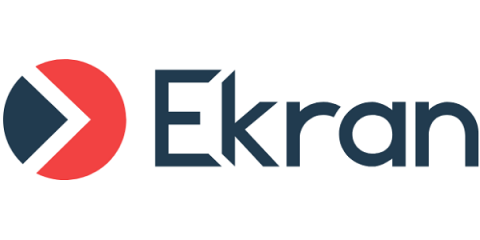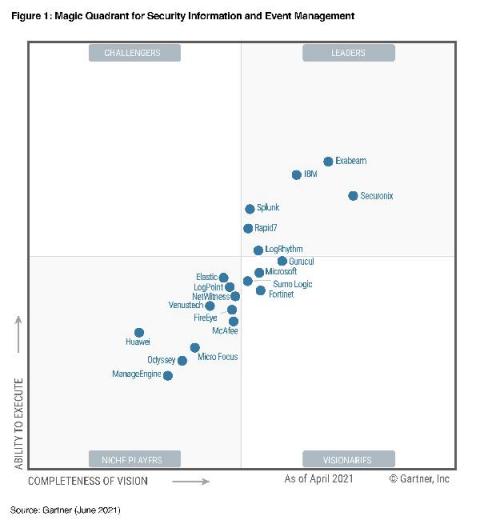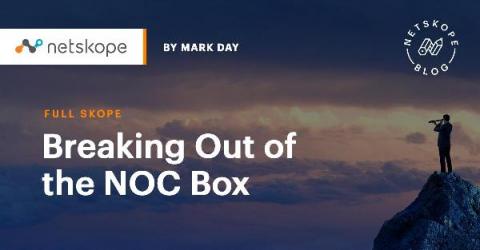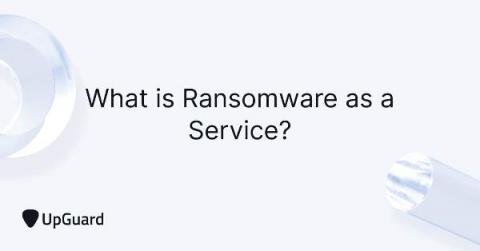Security | Threat Detection | Cyberattacks | DevSecOps | Compliance
Latest News
From Boardroom To Service Floor: How To Make Cybersecurity An Organizational Priority Now
The costs and consequences of a data breach or cybersecurity incident have never been more severe. According to the FBI’s recently released Internet Crime Report 2020, cybercrime resulted in $4 billion in losses last year, a low estimate that still encapsulates the incredible value lost to threats actors. For small businesses, the costs can be catastrophic. As Vox reports, 60% of small businesses will close after a data breach, underscoring the high-stakes bottom-line nature of cybersecurity.
Ransomware Groups Boast About Their Malware
Ransomware groups are becoming more boastful and even advertising for affiliates, according to a recent article. Read more to see which groups are more active and how to defend your organization.
How to Ensure Password Hygiene at Your Organization
In a SecureAuth survey, 62% of respondents claimed to use the same password across three to seven different accounts. It begs the question: If passwords play an integral role in cybersecurity performance, why are people so remiss when it comes to practicing good password hygiene? Practicing good password hygiene is a security measure that organizations must take to protect against cyber threats.
How to protect your site against lethal unauthorized code injections
Lethal unauthorized code injections like XXS (cross site scripting) attacks are some of the most dynamic cyber-attacks. They are often very difficult to detect and can result in credit card theft, fraud, and endpoint data breaches, having a huge impact on small to medium sized businesses. In a recent AT&T cybersecurity survey, 88% of respondents reported that they had experienced at least one security incident within the past year.
Lazarus campaign TTPs and evolution
AT&T Alien Labs™ has observed new activity that has been attributed to the Lazarus adversary group potentially targeting engineering job candidates and/or employees in classified engineering roles within the U.S. and Europe. This assessment is based on malicious documents believed to have been delivered by Lazarus during the last few months (spring 2021). However, historical analysis shows the lures used in this campaign to be in line with others used to target these groups.
Tips and best practices for building secure container images
When you start scanning your container images, it can be disconcerting to discover that you have large numbers of vulnerabilities. Below is a scan I did last week on a vulnerable node image that I built. While a fairly extreme example, you can see that this image out of the box is showing as having over 800 vulnerabilities in it.
Sumo Logic Named a Visionary in the 2021 Gartner Magic Quadrant for SIEM for the First Time
Breaking Out of the NOC Box
When did you first see a network operations center (NOC)? For me, it was 1983 at BBN in Cambridge. With some whiteboards, a few terminals, and a handful of chairs, it was modest compared to ones I’ve seen since–but it was also the NOC for the whole internet at the time. Even then, that significance made it a pretty cool place.
What is Ransomware as a Service (RaaS)? The dangerous threat to world security
Ransomware attacks are on a steep upward trend and the gradient isn't softening its progression. In Q3 2020, ransomware attacks have increased globally by 40% to 199.7 million cases. In the U.S. alone, attacks have increased by 139% year-over-year, totaling 145.2 million cases in Q3 2020. The impetus to the sudden recent spike in ransomware attacks, was the dramatic shift from a linear attack model, to an insidious multi-dimensional Ransomware as a Service model.










